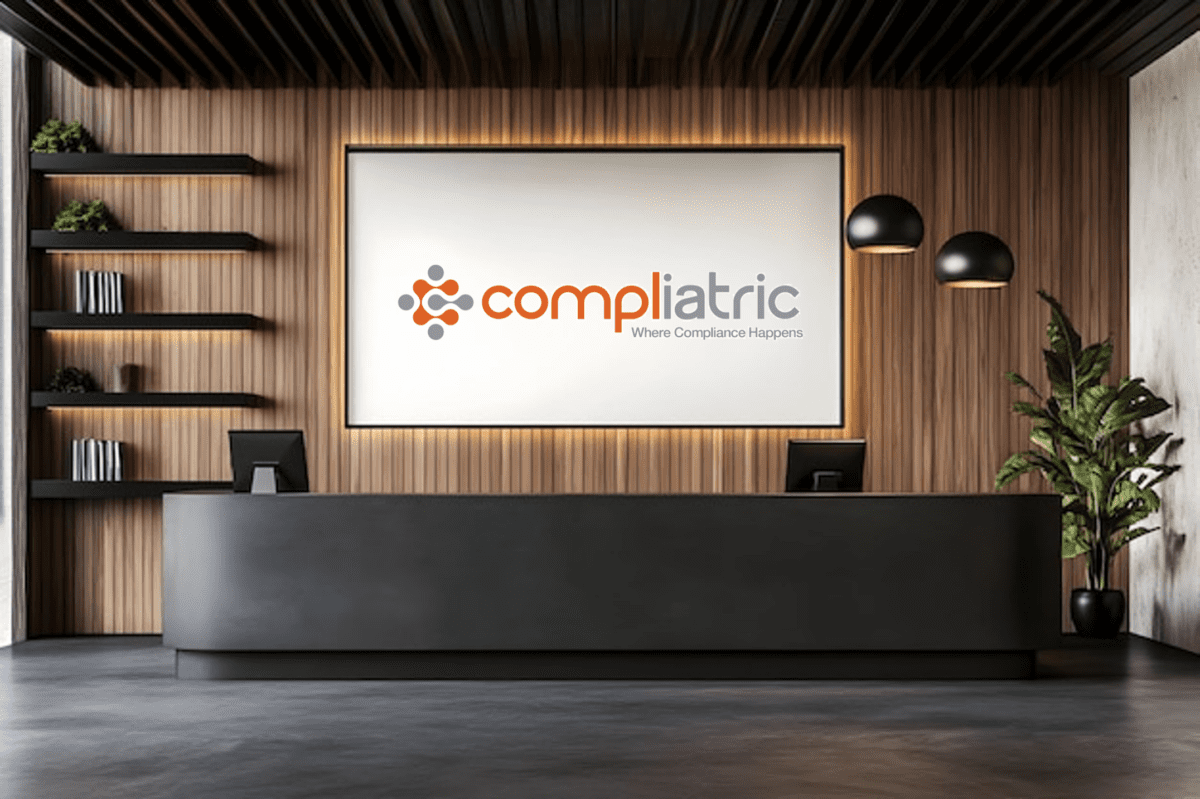The US dental industry has seen a proliferation of new technologies, a trend driven by the rise of the consumeristic nature of dental care, which can be attributed to 3 key influences: 1) gaps in dental insurance coverage, 2) competitive pressures among private practices, and 3) the aggressive rollup of private equity-backed dental support organizations (DSOs).
Self-pay and patient financial responsibility are significant components in the US dental market – 34% of Americans have no dental benefits, and dental care is the #1 medical service that Americans skip because of cost. As patients are faced with shouldering the burden of financial responsibility for their care, they’re increasingly focused on getting the most value for their money.
With dental consumers shifting their focus towards value, dentists are seeing rising competition among private practices, driving a consumerism-like behavior around patient acquisition, marketing, quality, scheduling, access, and payments. Modern dentists are evolving to keep up with growing patient expectations and are increasingly running their practices like small business entrepreneurs. To drive patient engagement and loyalty, dentists are adopting innovative digital solutions that look beyond traditional in-practice care, expanding to develop broader and optimized care pathways that promote a sustainable, long-term relationship with patients.
In the last several years, we have seen private equity dominate acquisitions in the dental industry, aggressively rolling up smaller individual dental practices to execute on buy-and-build strategies that benefit from operational synergies. While traditional consolidation strategies focused on value creation largely resulting from economies of scale, these large practices are now transforming their focus to strategies that center around technology that drives patient acquisition and patient satisfaction, as well as operational scalability from practice management solutions. While these larger practices are entering a new phase motivated by the need to create sustainable models that improve quality of revenue, smaller practices are as a result, also feeling the pressure to continuously invest and innovate in an effort to remain relevant and competitive. The result is a compounding demand across the entire dental industry for solutions that drive visit frequency, loyalty, trust, and value.

In turn, this demand for tech solutions has propelled a surge in dental innovation across 4 key categories that span the care pathway – Patient Engagement & Marketing, Data-Driven Care, Practice Management Solutions, and Payer Tech & Benefits. These trends can be observed in HGP’s market map, which segments the 53 identified American and Canadian dental technology companies that underwent M&A, buyout, or institutional funding transactions between 2015 – 2021. Notably, transactions were concentrated in 2020 and 2021, with roughly the same amount of transactions in these two years as the 5 previous years combined. Below are select notable transactions that illustrate the trends seen in the dental industry:
- Notable transactions in the patient engagement and marketing vertical include Dental Intelligence’s acquisition of Modento, and Marlin Equity’s recapitalization of RevenueWell, underscoring the need for software solutions that attract and retain patients to ultimately drive and sustain practice growth in what has become a highly competitive market.
- Now a public company, SmileDirectClub made its big splash in 2018, raising $380 million at a $3.2B post-money valuation. SmileDirectClub was one of the companies to experience early success in the clear aligner market, highlighting the proliferation of consumer-based services and products such as teeth whitening and aligner treatments for adults as well as the expansion of care pathways outside the practice.
- Quip, the first toothbrush provider to leverage a subscription model, has raised a total $232 million, with its latest Series B in August 2021 valuing the Company at $653 million. ADA-approved, Quip is recognized as a brand disrupting the dental market, a success that is partly attributed to their ability to win the elusive dental seal-of-approval.
- The practice management category has seen the highest level of transaction activity, with notable transactions including Henry Schein’s acquisition of eAssist and Level Equity’s recapitalization of Planet DDS, highlight the growing need for dental practices to operate more efficiently and profitably by leveraging automation and business intelligence.
- In the payer tech and benefits space, new tech companies are innovating to solve the gaps in dental coverage, with notable transactions including fintech company Level’s $27 million Series A, valuing the Company at $127 million and Internet Brand’s acquisition of DentalPlans.com which aims to make it easier for consumers to find and access dental insurance.
Thanks to Andrea Stone from the UT Health School of Biomedical Informatics for her contribution to this research.


